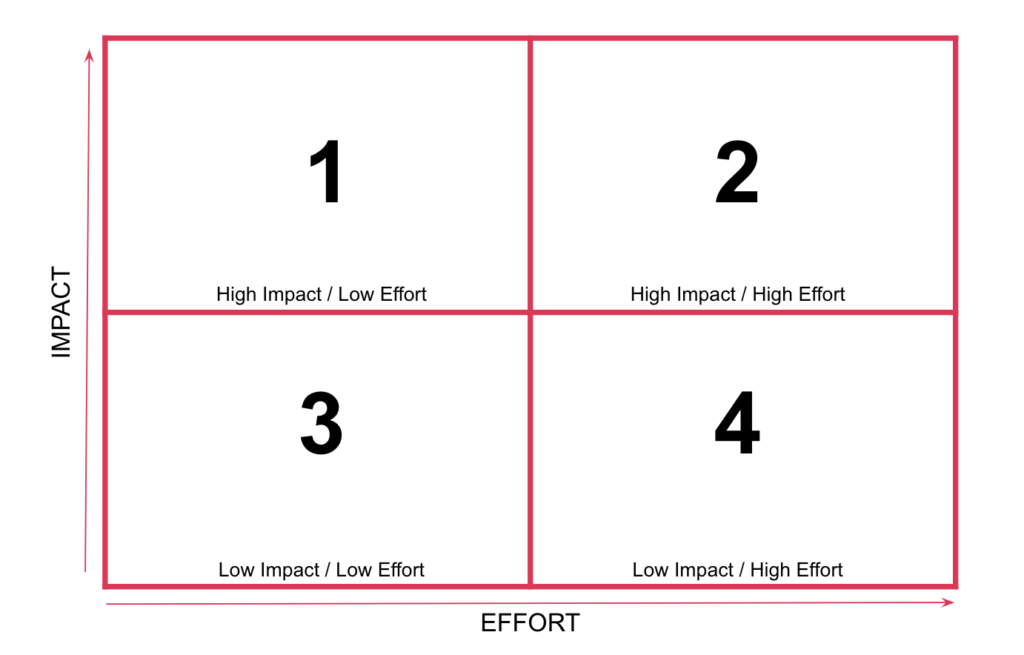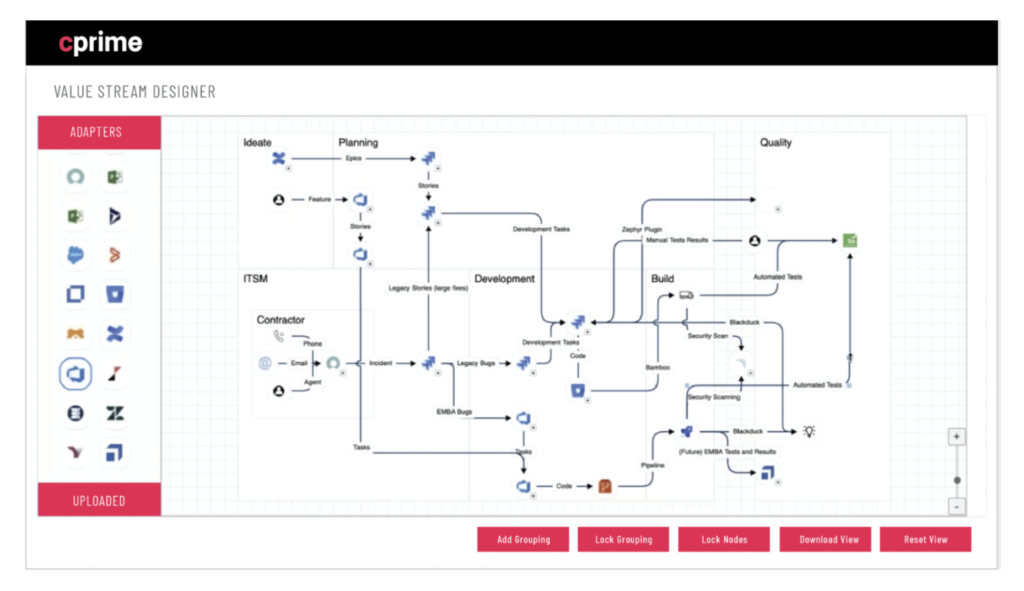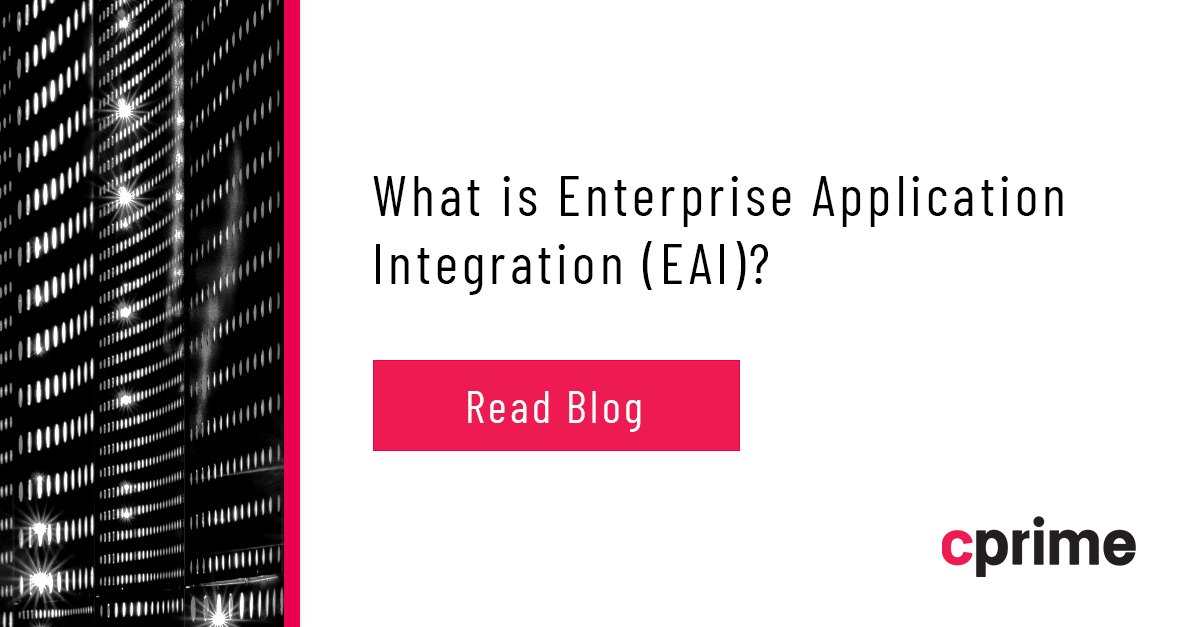Enterprise Integration – 3 Steps to Get Started
In a previous blog, we discussed what Enterprise Application Integration (EAI) is and why it’s vital for the modern enterprise. Now, we’re going to dive into how you can get started implementing an Enterprise Integration plan at your organization.
Assess your current application setup
On average, large companies use 88 different applications to do business these days. Some use hundreds. The first step required to begin streamlining and automating your application ecosystem is to get a handle on what’s currently being used and why. Determine what is truly adding value and where inefficiencies exist.
The best option for doing so is to arrange your existing workflows by value stream. When you identify the various ways value is delivered to your customer, examples of wasted time and effort will jump out at you. Some applications you’re currently using may prove unnecessary, while gaps may appear that are begging for a tool you haven’t yet tried.
Anywhere data is not readily visible to a team or function that can use it, where manual data entry is required — often repeatedly in two or more apps — there is room for improvement by means of integrations and automation.
List and prioritize your integration backlog
Once you’ve identified all the opportunities for improvements in your value stream workflows, you need to analyze them to determine which is likely to have the greatest impact on your status quo. A simple decision matrix can help you do so.

- Box 1: The sweet spot is a gap that can be filled simply and quickly, but that will have a big positive impact on your operations (Box 1). An example might be connecting two apps that are already built to speak to each other and that many in the company use daily (like Jira and Jira Align, for example).
- Box 2: Opportunities that require a lot of effort but will likewise have a powerful impact on your work (Box 2) should be evaluated and planned out so they can be attacked logically over time. An example of this kind of opportunity is building a custom integration between two large-scale applications used by most of the company.
- Box 3: While you’re working on those high effort / high impact opportunities, you can consider attacking some of the low impact / low effort options (Box 3) in tandem. Examples may include tools that can be connected out of the box but that are only used by one team.
- Box 4: Generally speaking, opportunities that fall into Box 4 (low impact / high effort) are not worth doing. Keep track of them, though, because things can change over time and these options may become easier to do or offer a higher impact in time.
Choose a method or partner (or both)
Some integrations may be simple enough to set up on your own, but others will be more complex. Since your team is unlikely to include integration professionals, these complexities can result in a lot of wasted time and effort with potentially unsatisfactory results. One option that could help is using an Integration Platform as a Service (IPaaS) like Workato or Mulesoft.
Developing a proof of concept (POC) can be beneficial at this stage. This involves using all the analysis and prioritization you’ve already done to pick a key integration and invest the time and effort to develop it. Doing so can determine the most economically feasible path that should then be taken when pursuing the rest of the integrations in your backlog.
It’s important to note that deciding where integrations and automation can improve your workflows is not necessarily a simple task. Likewise, prioritizing the resulting list of potential connections can be challenging if you’re not experienced and knowledgeable about integrating applications. You may not know what options are available or how much effort those options may require.
That’s not a problem because there are tools and services available to help you make those decisions and take action.
Cprime is an integration provider that can help solve your Enterprise Integrations in several ways, from initially assessing your ecosystem by value stream to creating fully customized integrations on your behalf. We’re also a Gold Partner working with Workato, so we can help you get the most out of your IPaaS as well.
To get started on your Enterprise Integration transformation, contact Cprime experts today.



